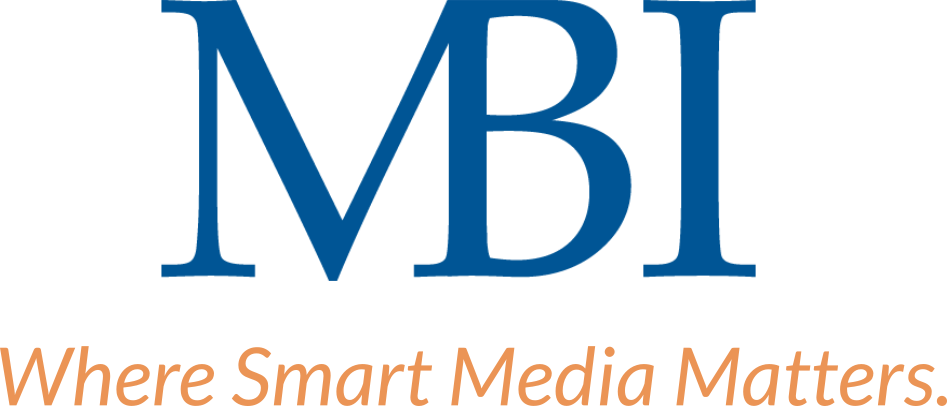In the wake of the ongoing Coronavirus pandemic, the U.S. government dispersed $242 billion throughout 2021. Consumers used this financial assistance to save money, pay their bills, and even reduce debt.
Now, the byproduct of this robust period of consumer savings is an unprecedented “revenge spending boom.” In other words? Many American consumers have money sitting in their bank accounts and are looking to use these funds to make up for lost time. They are eager to spend their money not on goods, but instead on the experiences they have missed out on since the onset of the COVID-19 pandemic.
Americans are ready to head back out into public. They want to take in the movies, sports stadiums, concerts, and theatrical events missed during the first months of the pandemic. In fact, one in three consumers shared that live events are more important to them post-pandemic than they were pre-pandemic—and just as many plan to attend as many live events as they can. Approximately 25 percent of consumers will even limit their spending in other areas so they can attend more live, in-person events.
With this renewed interest in traditional leisure experiences like sporting and music events, consumers are poised to spend a good portion of their paycheck on entertainment.
What does this mean for businesses and their marketing plans? It’s time to consider enriching their media strategy by adding sponsorship to the mix. But how does this differ from traditional advertising?
Read on to learn more about the difference between sponsorship and advertising and how companies can capitalize on the $2.5 trillion American consumers now have at their disposal.
What is the Difference Between Sponsorship and Advertising?
Frequently, the terms ‘sponsorship’ and ‘advertising’ are used interchangeably. However, there is a notable difference between the two. An advertisement, usually one execution within a pool of campaign ads, communicates a single-minded message with a specific objective in mind. As such, its impact is finite. Sponsorship, on the other hand, is about building a relationship. It calls for a longer-term association and involvement over time, to achieve a high-value return on investment. Sponsorship calls for meaningful positive brand associations and fosters loyalty.
Sponsorship marketing integrates programs such as sports, music, events, or experiential and gaming media with the support of relevant advertisers. For instance, after a months-long COVID-inspired hiatus, Gatorade has re-joined sponsorship marketing thanks to the restoration of live sporting events. This gives the sports drink brand high visibility with their target audience. By forming a relationship with the NBA and the television networks that broadcast the NBA like ESPN and TNT, 20 percent of Gatorade’s television ad impressions currently come from NBA games alone.
What are the Benefits of Sponsorship Advertising?
By 2024, sports sponsorship advertising spending is anticipated to climb to almost $20 billion in total. This rise reinforces the ROI of sponsorship marketing.
According to Indeed.com, there are many benefits to a sponsorship relationship:
- Bolster Return on Investment: With sponsorships, brand exposure is higher, and the target audience scope is broader, which is the perfect foundation for a higher ROI.
- Increase Industry Intelligence: Businesses can gain valuable, niche insights into market trends that enhance brand image and customer loyalty by forming connections with popular programs or events.
- Increase Conversions: Sponsorships can drive traffic to businesses by offering new avenues for content growth, like unique blog post themes or social media posts. Such content generation results in an increase in solid leads and conversions.
- Edge Out the Competition: Through sponsorship exclusivity, a business can gain a competitive edge as other competitors are less visible to a large target audience.
- Form an In-Person Marketing Plan: Because many sponsorship programs are sporting or musical events, businesses can interact with their target audience in-person by incorporating live demos or promoting product deals.
What is Involved in Sponsorship Advertising?
According to HubSpot’s publication, “How to Optimize Sponsorship Results in the Digital Age,” sponsorship advertising is most effective when brands adopt a “strategic framework” to make the most of their investment. Sponsorship can be a worthy endeavor but requires research and thorough planning. How can your brand ensure a strong marketing value? HubSpot calls for organizations to follow this 7-step framework for successful sponsorship:
- “Clearly Define Your Objectives”
- “Plan Pre-Registration and Event Flow”
- “Activate Across Relevant Channels”
- “Offer Personalization and Offer Relevant Entry Points Conversions”
- “Use High Perceived Value Giveaways”
- “Build Brand Momentum After the Event”
- “Capture Data and Measure Results”
Sponsorship advertising is a nuanced process—one that can benefit from expert guidance. Businesses should look to an industry leader in media buying to develop and execute a successful sponsorship advertising plan.
MBI: An Industry Leader
You can trust a media buying agency with over 30 years in the field to craft a media buying plan that includes a brand-enhancing sponsorship advertising element. With decades of experience in developing ad packages for major sporting and entertainment events, MBI knows how to build lasting partnerships that give your brand a competitive advantage, winning, and retaining the hearts and minds of consumers.
Now is the perfect time to take advantage of an eager market full of consumers who are ready to enjoy an array of experiences in a range of settings. MBI can put your brand center stage. To learn more about how we can support you, contact us today.

